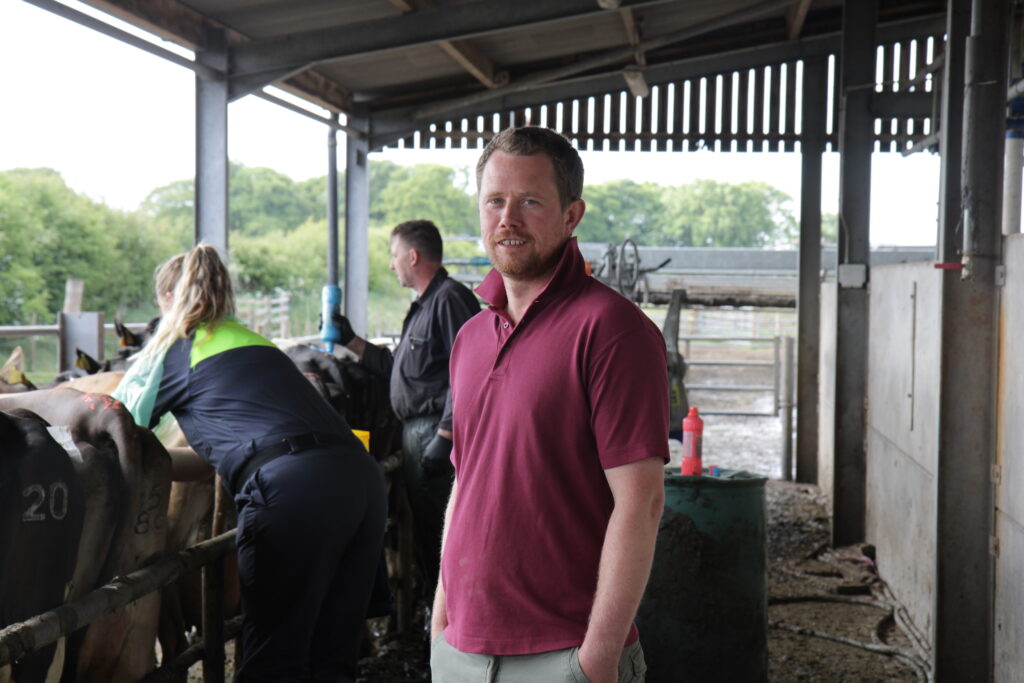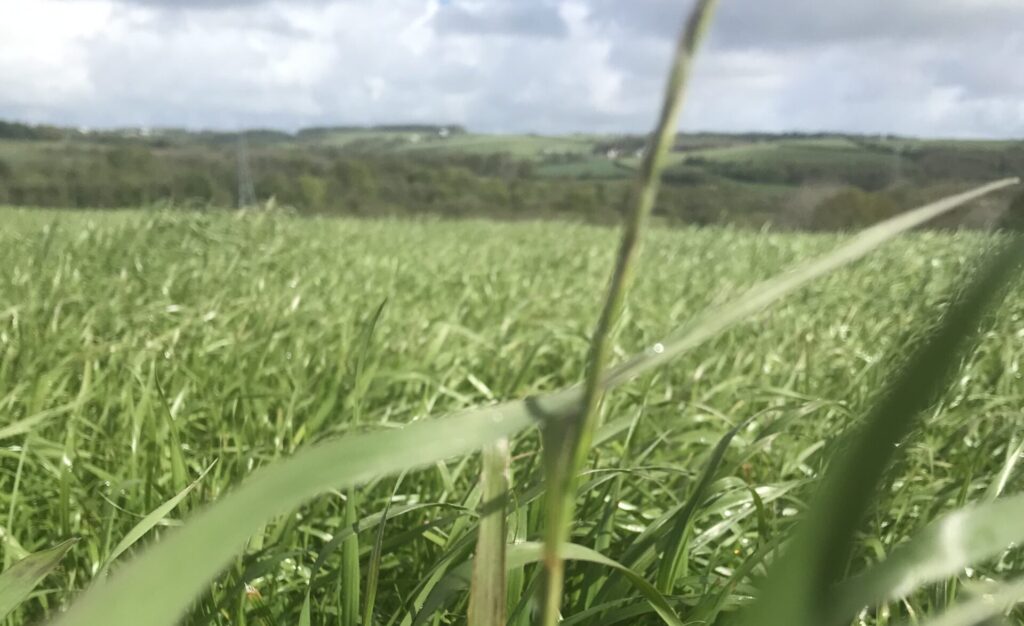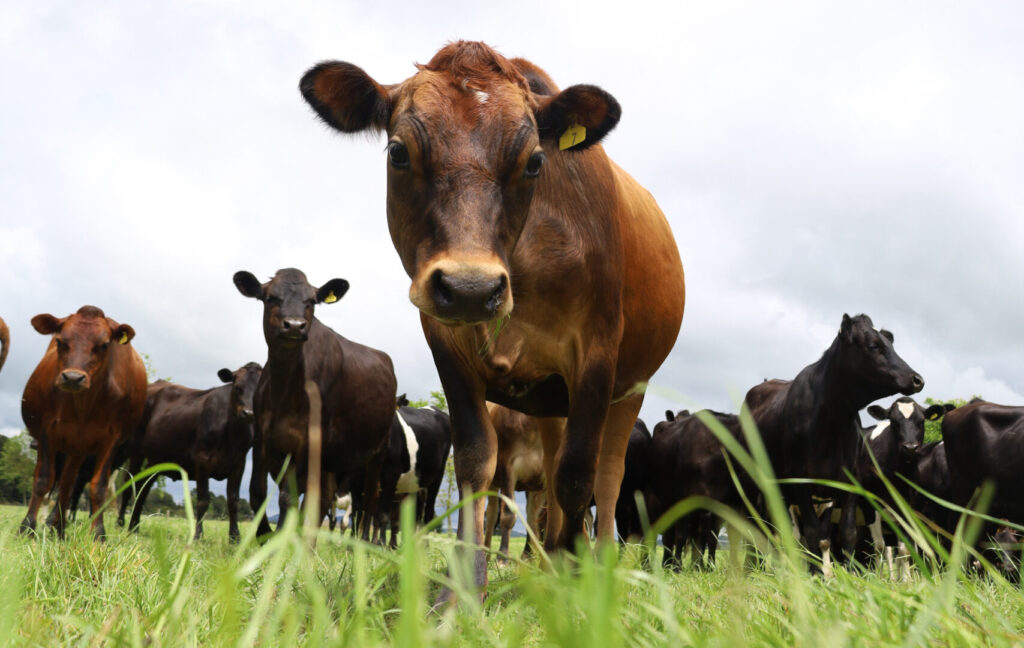By Bess Jowsey, Pasture to Profit farm consultant
Life has changed dramatically for me since last month, although feedback from my clients suggests that life on farm is relatively normal – apart from the kids being at home! The weather has also dramatically shifted through April. Ground conditions are now ideal for grazing and in some cases farmers are hoping for a spot of rain to keep things fresh and growing.
Sean says, first up it’s important that farmers act to secure their profitability, and most importantly carefully think through all options rather than making knee jerk reactions.
A potential market price drop looming has a way of focusing the mind and can be a real catalyst for innovation and positive change as farmers look to streamline their enterprises. With the current climatic conditions along with future market uncertainty, has there been a better time to challenge yourself and your stock to produce more from grazed grass?
In optimal growing conditions, new leaf emergence occurs every 7 to 8 days. This means grazing 2.5 to 3 leaves requires rotation around your farm every 20 to 25 days to maximise grass quality. In most cases grass growth will now be exceeding stock demand, therefore your decisions for grass management must centre around maintaining pasture quality by managing surpluses effectively.
Those who actively measure grass will be best placed to make good decisions. Regular farm walks and feed wedge information allows you to see a surplus arriving and react quickly to ensure it doesn’t negatively impact on stock productivity. Average farm cover and pre-grazing covers rising above optimal indicate surplus grass. This results in residuals rising and areas of wastage increasing while it takes longer to graze out a paddock.
- Ensure all stock are consuming as much grass as possible – limit other feed inputs
- Skip grazing paddocks which have gone beyond 3 leaves and let these grow on for about 10 to 14 days before cutting for silage.
At this time of year post 3 leaf ryegrass plants drop quality quickly. Other than leaf die-off the plant becomes top-heavy. Canopy closure blocks light to the sward base resulting in stem growth. The stem is much poorer quality than the leaf, and stock is more reluctant to graze it. Not only does this make grazing more challenging, it can also mean poorer quality winter forage if you aren’t actively monitoring grass growth.
Cutting silage by calendar date is not a reliable method of making high-quality silage. It’s much better to cut when the grass is at the right stage. Grass mown before or soon after canopy closure will not only be higher quality but will regrow faster, so a perceived ‘lack of bulk’ can be made up by extra cuts.
If harvesting surplus off a grazing area ensure the cutting height is set close to 1500 kgDM/ha as stock will not graze below this cutting point for the rest of the season. Ryegrass seed-heads occurring later in May and into June can be effectively managed with a combination of accurate grazing and surplus management.
Contact me or your local Pasture to Profit farm consultant for support in making the most of grass this summer.




